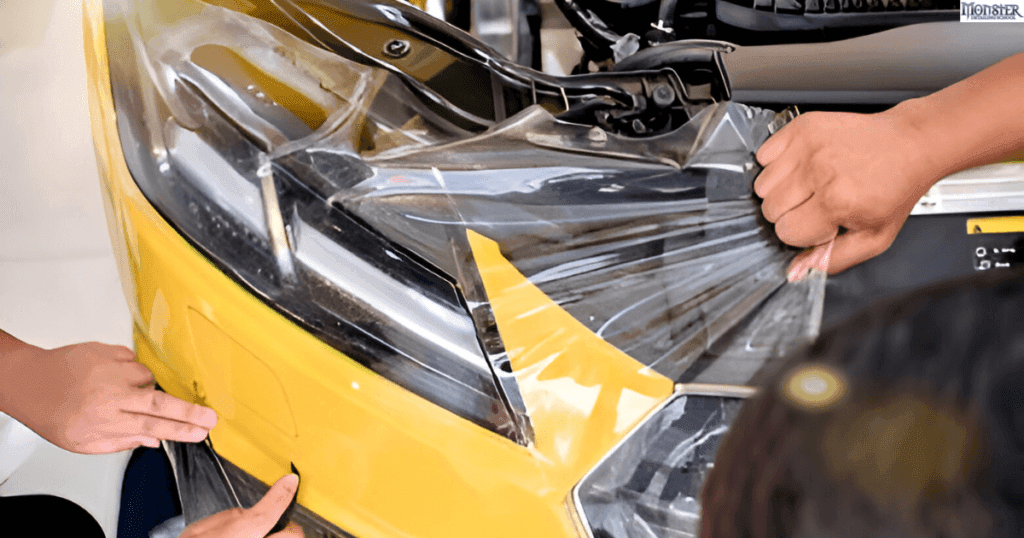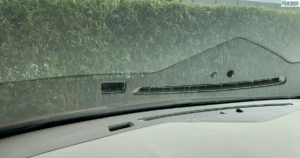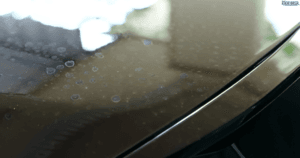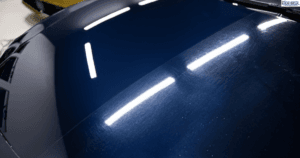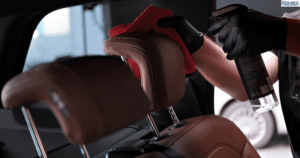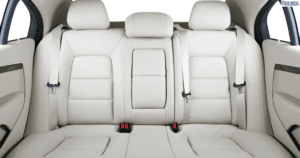Paint Protection Film (PPF) is a must have for car enthusiasts who want to protect their vehicle’s paint from chips, scratches, and environmental damage. Whether you’re a professional or just a DIY enthusiast looking to protect your vehicle, this guide will walk you through the steps to apply PPF and offer tips on how to install it effectively.
What is a Paint Protection Film?
Paint Protection Film, or PPF, is a thin, durable, and clear polyurethane film that can be applied to the surface of a vehicle to protect it from damage caused by road debris, UV rays, scratches, and other environmental factors. It’s designed to absorb the impact and prevent the paint from chipping or wearing down. PPF has become popular because it offers a high level of protection while being nearly invisible when installed properly.
Tools You’ll Need for Installing PPF
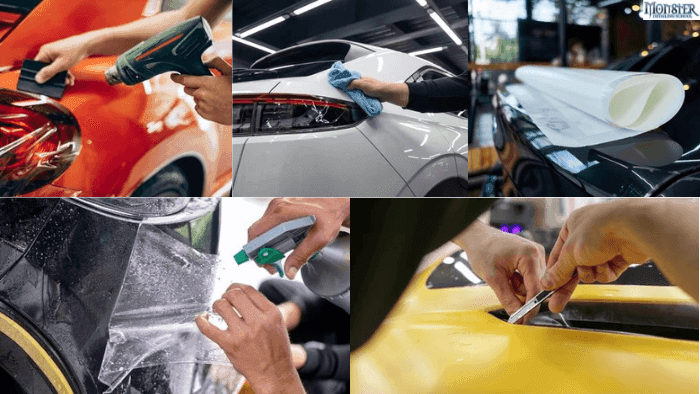
Before starting the process, it’s important to gather the necessary tools. Having the right tools will help you achieve a smooth, professional finish.
- PPF kit (pre-cut film or bulk roll)
- Squeegee
- Spray bottle with a soap-water solution
- Cutting blade
- Heat gun
- Microfiber towels
- Surface prep solution (alcohol-based cleaner)
Related Blog: How to Wash a Car with Paint Protection Film?
Step-by-Step Guide on How to Install Paint Protection Film
Step 1: Prep the Surface
To ensure that the paint protection film sticks properly, the surface of your car must be spotless. Use an alcohol-based cleaner or a specific surface prep solution to clean the car’s paint. Make sure to remove all dirt, dust, and oils.
Step 2: Create a Soapy Solution
Mix a few drops of mild dish soap with water in a spray bottle. This solution will allow you to adjust the position of the PPF during installation. Spray the soapy solution generously on the area of the car where the film will be applied. This will help prevent the film from sticking immediately, allowing you time to adjust it for a perfect fit.
Step 3: Align the Film
If you’re using a pre-cut paint protection film, it should fit the panel of your car precisely. Start by peeling back the film’s backing and gently applying it to the surface, aligning it with the edges of the panel. For bulk PPF rolls, you’ll need to cut the film to fit the panel.
Step 4: Apply the Film Using the Squeegee
Once the film is in place, use a squeegee to remove any air bubbles and excess water from beneath the film. Start from the center and work your way outward. The soapy solution will allow you to move the film around if needed, but once the water is removed, the film will start to adhere permanently.
Step 5: Heat and Stretch the Film
If you encounter curves or edges that are difficult to cover, use a heat gun to soften the film. This makes it more pliable and easier to stretch into place. Be cautious with the heat gun, as too much heat can damage the film. Apply light heat while stretching the film over the curved areas and use the squeegee to ensure a smooth application.
Step 6: Final Trimming and Edging
After applying the film and ensuring it’s free of bubbles, you’ll need to trim the excess film. Use a sharp cutting blade to carefully cut around the edges, making sure not to cut too close to the car’s surface. The goal is to have a clean, seamless edge. Once trimmed, use the heat gun to secure the edges and ensure they stick down properly.
Step 7: Post-Installation Care
After installation, avoid washing your car for at least 48 hours. This will give the film enough time to bond to the surface. After a few days, you can wash and maintain your car as usual, but avoid abrasive materials that could damage the film.
Read More: How Much Does Car Polishing and Buffing Cost?
Why Professional Training is Important

Applying PPF may seem straightforward, but it takes precision and practice to get the best results. If you’re new to the process or want to become a professional installer, paint protection film training is highly recommended. Proper training ensures that you understand the techniques required to avoid mistakes such as air bubbles, misalignment, or poor adhesion.
Taking PPF training classes helps you master the skills needed for a smooth application. Additionally, attending these classes can give you hands-on experience with expert guidance, ensuring you can offer the best installation services.
For those looking to advance their skills further, there are specialized programs that offer training & certification. These certifications not only boosts your credibility but also helps attract clients who seek professional, high-quality PPF installation or other detailing services.
Common Mistakes to Avoid During Installation
Even with proper tools and instructions, beginners often make mistakes that can ruin the application. Here are some common mistakes to avoid:
- Not cleaning the surface properly: Any small particle left on the surface will create bumps under the film.
- Applying the film dry: Without the soapy solution, the film will stick too quickly, leaving you no room to adjust it.
- Overstretching the film: Applying too much pressure or stretching the film excessively can cause it to lift or wrinkle, especially around curves.
- Using too much heat: Too much heat can damage the film and make it difficult to apply smoothly.
Read More: Should You Wax a Car After Polishing?
Conclusion
Installing paint protection film is an effective way to keep your car looking new and shielded from external damage. With the right tools, preparation, and technique, you can apply PPF yourself. However, for those looking to perfect their skills or start a business in PPF installation, paint protection film training from Monster detailing School is a smart investment.
By enrolling in our PPF training classes, you’ll gain the expertise needed to install PPF like a pro. If you’re serious about offering professional services, consider taking paint protection film installation training & certification from us to enhance your skill set and provide the best protection for your clients’ vehicles.
Along with PPF training Monster Detailing School also provides following courses:


